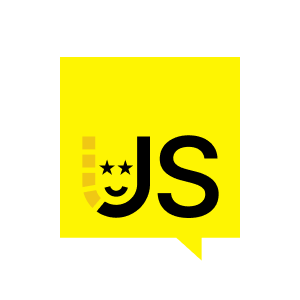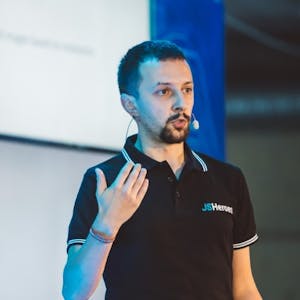The portal made every web component developed within ING visible to all teams, enabling their reuse. Teams used our ING web CLI, a command line interface capturing build, test, install, deploy tasks. However, it was restrictive, so we moved to Azure DevOps, making pipelines based on templates. Teams can use templates and innovate with new custom tasks. Our journey focused on agility, freedom of choice, scaling, and autonomy. Choose the right drivers to fit your pipelines into your organization.
And what that portal also did was that it made visible every web component that was developed within ING. And it was visible for all the teams. So it really enabled the reuse of web components within ING.
For this, the teams used our ING web CLI, what we developed ourselves. And that is a command line interface in which all the possible tasks like build, test, install, deploy, whatever, they were captured inside that web CLI. The teams could pick whatever they need from that CLI, but there was one downside. If we didn't put it in the CLI, they were not able to use it. So it was restrictive in a way that they could only use what we developed, but they could at least have some choice in how they put the content in their build.
So it was still a little bit too restrictive, and that is why we decided to come up with a better solution. And that's where we are currently now. So we moved to Azure DevOps. And currently we are making our pipelines based on templates. And if we cannot fit it into a template, then we make it a custom task. And teams can use these templates if they like. And they can also use whatever else they want to use. The migration is currently ongoing into that pipeline. And for us, the big advantage is that teams can use other things that we didn't provide to them. So it enables them to innovate the way they are building their applications. And for us, it's an advantage that we can make those innovations available for other teams by putting them into new templates and new custom tasks.
So this is kind of the way that we traveled within ING for our pipelines. The first thing we did was actually just take the burden of build and deploy away from the teams so they could move faster. So the driver here was agility. The second step was that we wanted to give the teams more freedom of choice and enable scaling, so we were able to deliver more applications in our pipelines. And the last step that we made was autonomy. So we enabled the teams to do whatever they wanted and helping them by doing that, so more innovation, and I think that the driver for there is autonomy. If you look at your organization, it might be completely different. For us, our drivers were less strictness, more agility, more scale, more autonomy. But for your organization, it might be drivers like team maturity, trust, maybe even just a simple thing like the number of teams or any other driver that I cannot think of, and maybe you can. So the takeaway is pick your right drivers, use those drivers to fit your pipelines into your organization. And I wish you good luck with that.































Comments